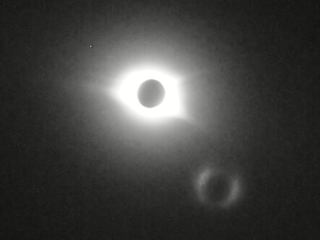What I am talking about is the kind of fool that actually believes Britain will be better outside the European Union. Well, I suspect the Europeans would be a lot happier if Britain was outside since it’s universally agreed that the British moan, whine, grumble and complain an awful lot. In fact, on my last trip to Britain I found an awful lot of pessimistic, negative people whose mouths were as foul as their body odor. (And you wonder why I choose to live in the USA).
For some inexplicable reason, the British population has allowed itself to be hoodwinked into voting in a non-legally-binding refurendum (opinion poll) to leave the European Union. Sure - the EU can come out with heavy-handed legislation but then on the other hand so does the British Parliament. That’s not a reason to leave. There’s money and power at foot here and it’s not money and power flowing into Britain if it leaves the EU. The usual vocal expresses of poison and bilge (The Daily Express and the Daily Mail) are staunchly advocating leaving the EU while painting a rose-tinted version of how Britain will be better afterwards. These newspapers are actually not independent. Follow the links and you’ll find Russian connections.
Who would benefit from upheaval and instability in Europe? The Russians, of course. With enough upheaval and instability they could easily march back into Latvia, Lithuania, Estonia, Poland, Czechoslovakia etc but that’s not their goal. Individual nation states run as puppet countries from the safety of Moscow is the ultimate goal. Everybody will think they’re still independent but it’s just an illusion. Look at the furor over the US elections with allegations of meddling by the Russians with their “Internet Research Foundation”.
So while we’re all quietly ignoring the potential future of Britain annexed into Soviet Union 2 with Vladimir Putin’s face on the Poundski and where the Lord’s Prayer recited daily in school assemblies throughout the country now says “Oh Benevolant Vladimir, give us our daily bread that we may serve you”, let’s look at what will definitely happen if Britain doesn’t get annexed by the new Soviet Union. It’s really quite a lot and quite involved.
- Emergency trade agreements will have to apply leaving Britain at a massive competitive disadvantage.
- More staff will be required to manage borders.
- British exports will plunge expanding the budget deficit
- Millions will be laid off or forced into early retirement
- Pensions will be cut
- Unemployment pay will cease to exist
- Sickness pay will cease to exist
- Everything that can be sold by the government will be sold
- Millions will be evicted from their homes due to inability to pay rent or to get anybody to pay their rent for them.
- Vast slum encampments will spring up wherever there’s a vacant space.
- Public health programs will be cut back
- Cholera, Typhus and Dysentry will return
- Leprosy will return and leper colonies will be established
- The lights will go out as they did in the 70s but for different but similar reasons.
- The EU will start sending aid packages
- Boatloads of refugees from Britain will start arriving in Ireland, Norway, Denmark, Sweden, Germany, Holland, Italy, Spain and France.
And as for photography? Nobody will be able to afford the electricity to charge their camera. Nobody will be able to afford fuel for their car to go anywhere nice. The animals in the zoos will have been long since eaten by the starving population. That is, of course, if the photographer hasn’t already pawned his camera to buy a stale loaf of bread.
How stupid can the British be?
















